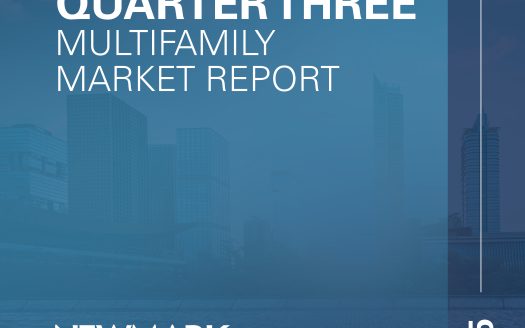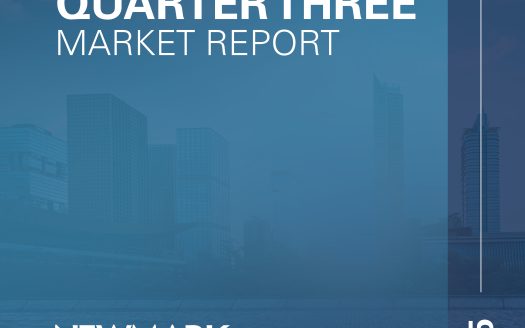Utah’s Housing Crisis
New numbers from the state of Utah shed light on Utah’s housing crisis. Sales numbers show the median sales price of single-family homes in two major Wasatch Front counties is nearing another staggering marker: $600,000.
In Salt Lake County, the median price of a single-family home hit $580,000 in February, up over 23.6% from $469,000 at the same time last year, according to the Salt Lake Board of Realtors.
In Utah County, the price is even bigger — the largest of all of Utah’s five Wasatch Front counties. There, the median single-family home price climbed to $589,450 in February, up more than 29 % from $456,563 a year ago.
Lack of Housing Inventory
According to an article on Costar, nationwide, home sales are dropping.
Existing home sales fell for the second consecutive month in March as mortgage rates surge.
The National Association of Realtors reported sales dropped 2.7% from February and 4.5% from a year earlier but prices are still rising. The median sales price was $375,300, 15% higher than a year ago.
That increase marks 121 consecutive months of year-over-year increases, which is the longest streak ever recorded, according to the association.
One of the most widely held housing market predictions for 2022 is that inventory will remain scarce but price appreciation will be slower than it was this year. While spring and summer will likely see an increase in listings, it is unlikely that there will be enough to meet demand. The housing market has been particularly robust in 2021, with high demand for homes in almost every area of the nation. The same trend will follow in 2022.
The shortage of inventory has created a red-hot housing market, with homes selling within hours of being listed, frequently for well over the asking price. According to many housing experts, buyers can predict similar trends this year to those seen over the last two years: increased prices, low inventory, and quick turnaround.
However, some significant hurdles are approaching the US housing market. Most experts had predicted mortgage rates for housing to rise this year. The cost of borrowing money through mortgages has been steadily increasing this year. Most experts predicted that mortgage rates would climb this year, but they did so more quickly than expected, averaging more than 4% for 30-year fixed-rate mortgages in mid-February. Let’s take a closer look at why the housing market is showing some signs of a slowdown in 2022.
While prices are not expected to fall, Fannie Mae anticipates that price growth will be slower than usual in 2023. A slowing in the home price appreciation and possibly increased inventory could help avoid a real estate market disaster in 2023. Many potential purchasers, particularly millennials, have been priced out of the market as home prices have grown at an exponential rate.
The latest housing market trends show that prices are rising in most parts of the country and most price segments because of the lack of supply. Economic activities are ramping up in all sectors, mortgage rates are rising, and jobs are also recovering. The housing market remains largely a seller’s market due to demand still outpacing supply. The inventory of available houses continues to be a constraint on both buyers and sellers.
Forecasting home price appreciation is a challenging task. While inventory has increased slightly, it remains significantly below pre-pandemic levels and is simply unable to meet current demand. Tight supply following years of underbuilding, combined with increased demand due to remote work, US demographics, and low mortgage rates — will continue to be a factor in 2022. It will continue to be a seller’s real estate market in 2022. Expect to see bidding wars on several houses, especially as the spring and summer shopping seasons approach.





